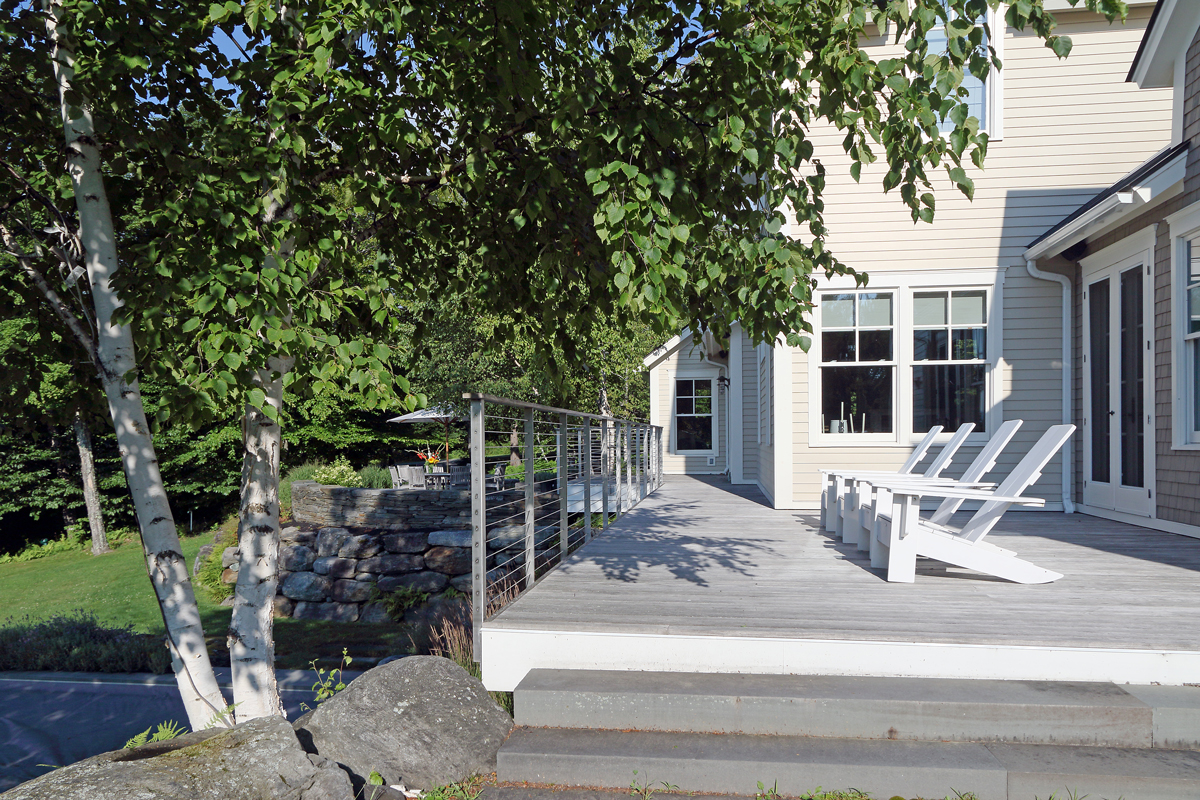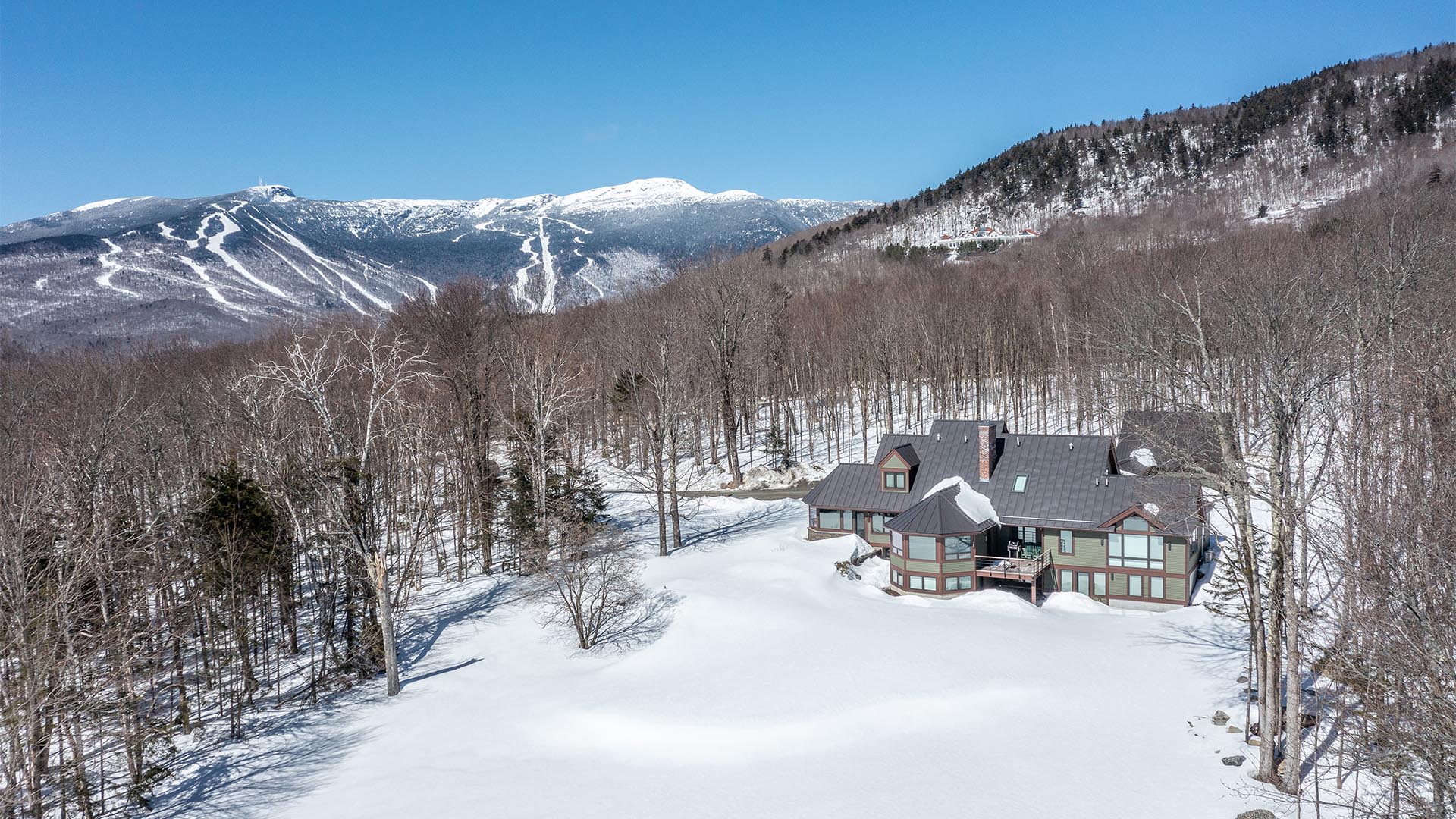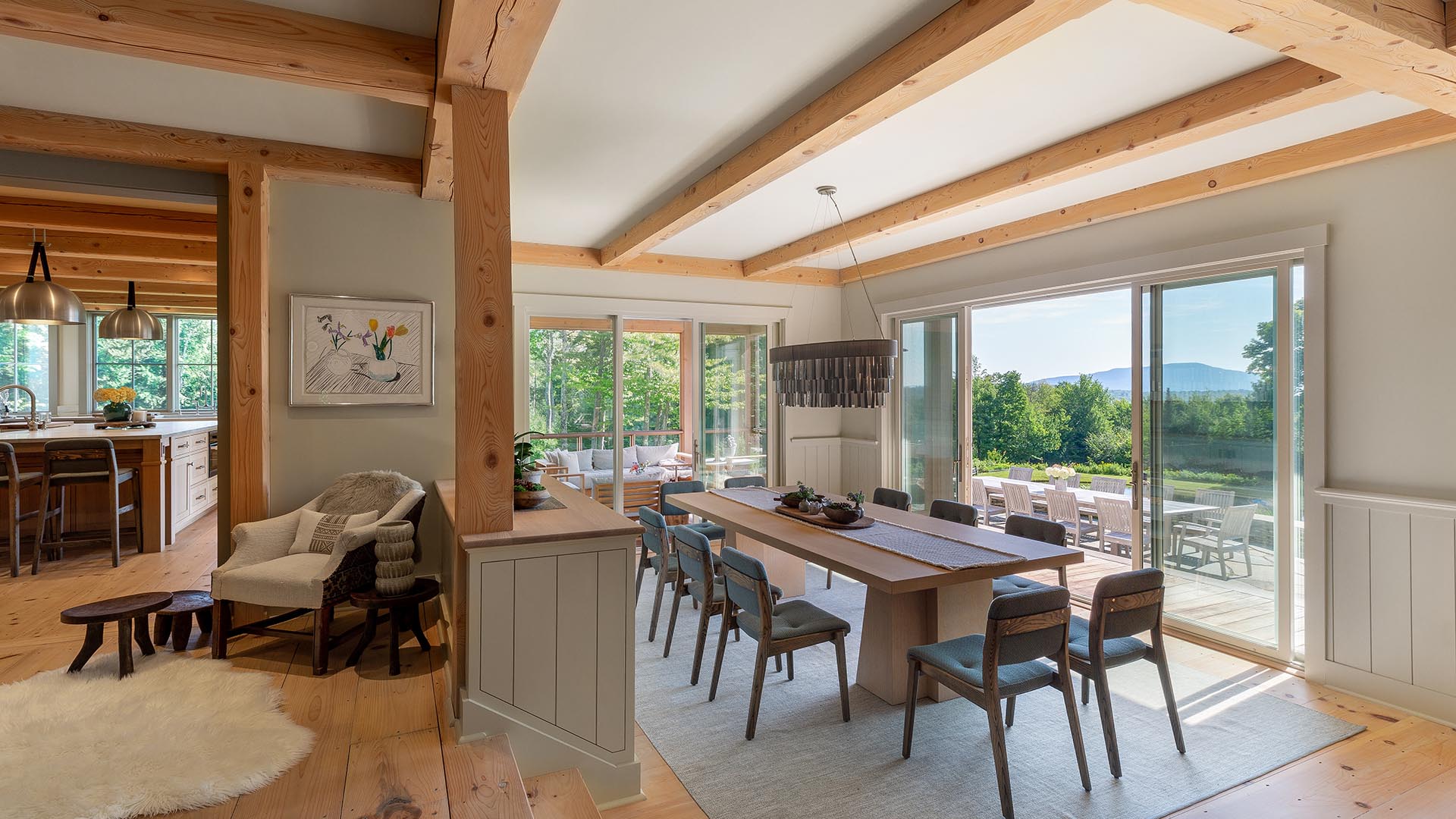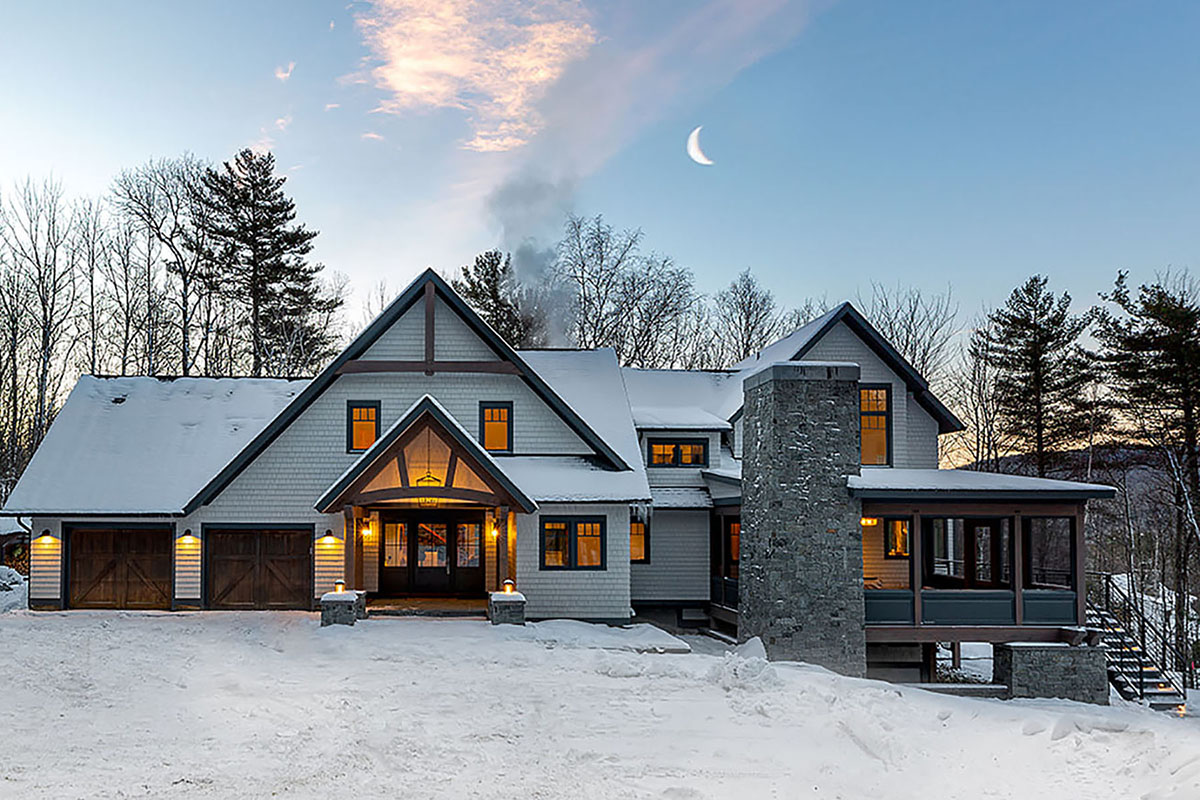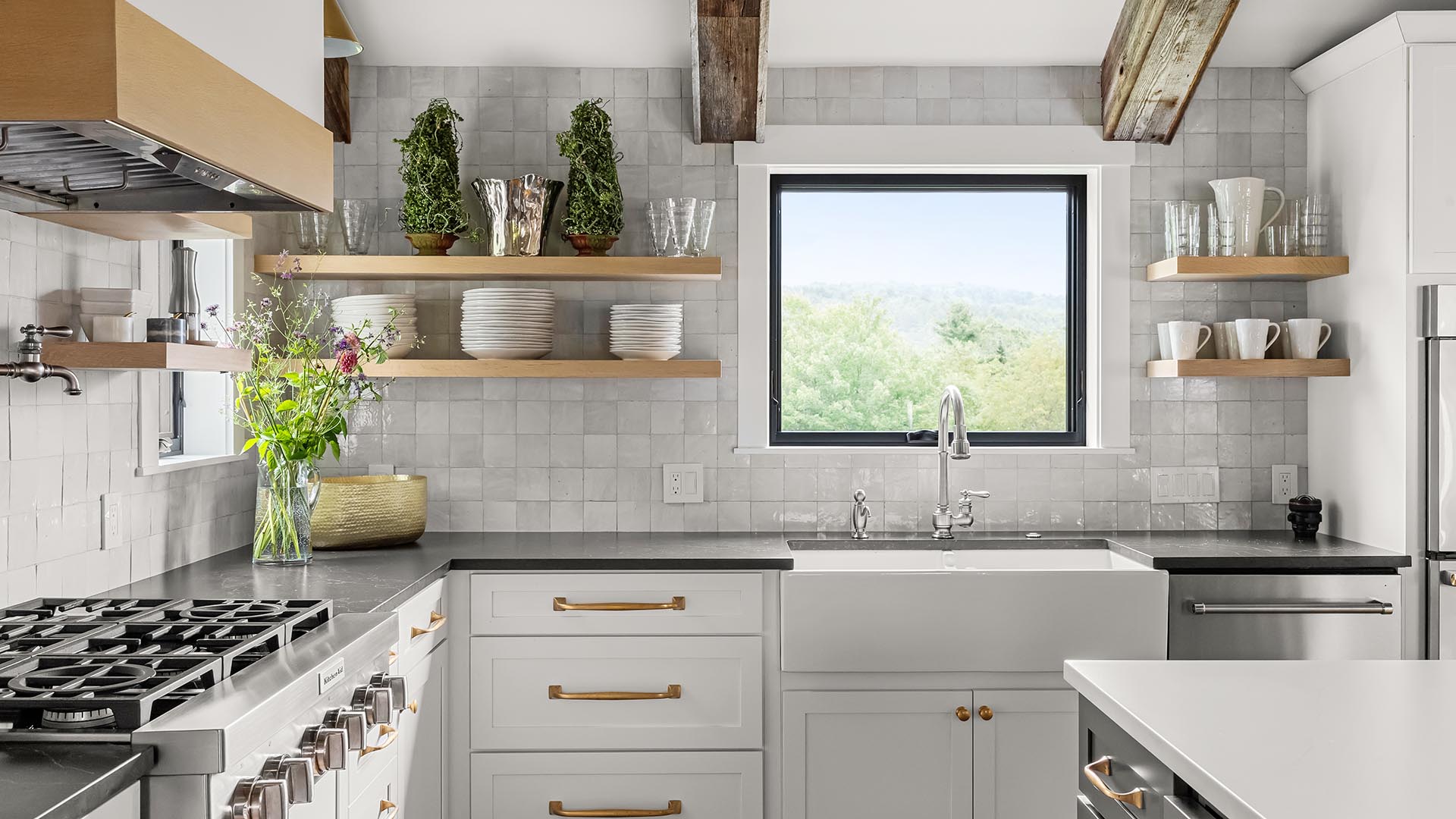With summer not far off, many people are looking forward to spending warm evenings on their decks. Others are thinking about building a deck, and wondering what materials to use. At Sisler Builders we are often asked about the difference between composite decking and real wood. We do have an opinion.
Composites
We feel composites still have issues that make them less desirable than wood. They have resin, cellular PVC, and fiber-based fillers. The fillers expand, causing the boards to swell, which could affect drainage and runoff. The resins and PVC get uncomfortably hot in summer, so bare feet are not an option. Composites also lack dimensional stability, so they sag between structural members, leaving a warped surface on which porch furniture will wobble.
Wood
 Wood decking comes primarily in three flavors, listed here in ascending initial cost: pressure-treated southern yellow pine, red cedar, and a tropical hardwood called ipe. Pressure treated is infused with chemicals to make it rot resistant. It lasts 20 years, but shrinks, cracks, and splinters, causing a rough unattractive surface. Cedar is beautiful but requires costly maintenance. Ipe (pronounced ee-pay) can be sealed, giving it a gorgeous teak look, but then needs resealing. We prefer untreated ipe which weathers to a nice medium gray, lasts 50 years, and long term is the lowest cost.
Wood decking comes primarily in three flavors, listed here in ascending initial cost: pressure-treated southern yellow pine, red cedar, and a tropical hardwood called ipe. Pressure treated is infused with chemicals to make it rot resistant. It lasts 20 years, but shrinks, cracks, and splinters, causing a rough unattractive surface. Cedar is beautiful but requires costly maintenance. Ipe (pronounced ee-pay) can be sealed, giving it a gorgeous teak look, but then needs resealing. We prefer untreated ipe which weathers to a nice medium gray, lasts 50 years, and long term is the lowest cost.
Also called Brazilian walnut, ipe wood is typically found in South America and some parts of Central America. It is one of the densest hardwoods available, three times harder than cedar. You can source ipe at most lumber yards, Lowe’s, and Home Depot, or order it online at Ipedepot.
Now that you have a clearer understanding of the difference between composite decking and real wood, you can get started on a new deck and be ready to enjoy the first warm days of summer!

